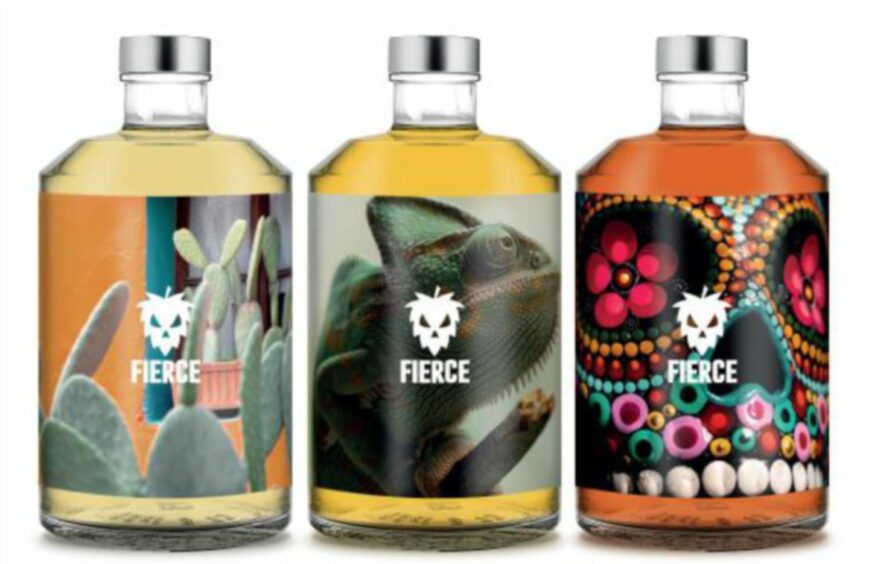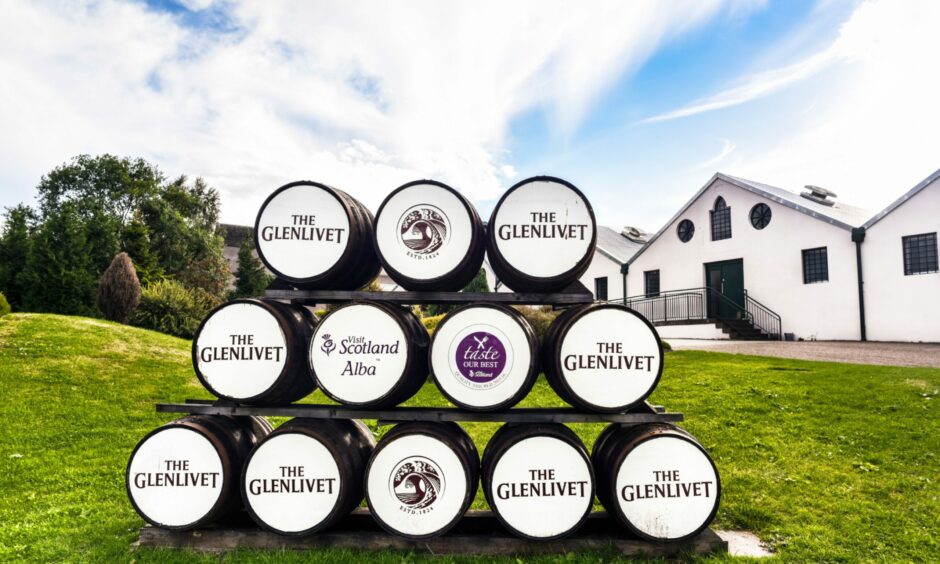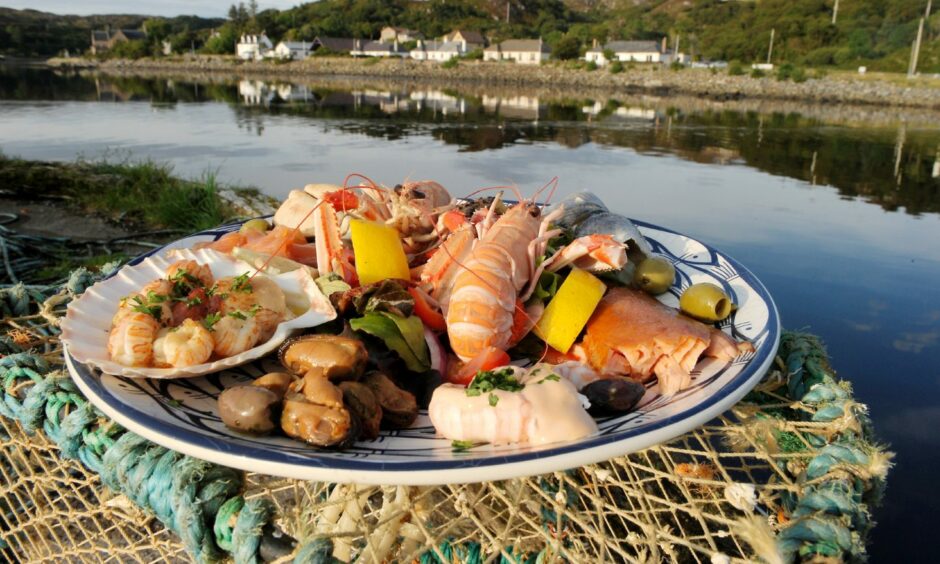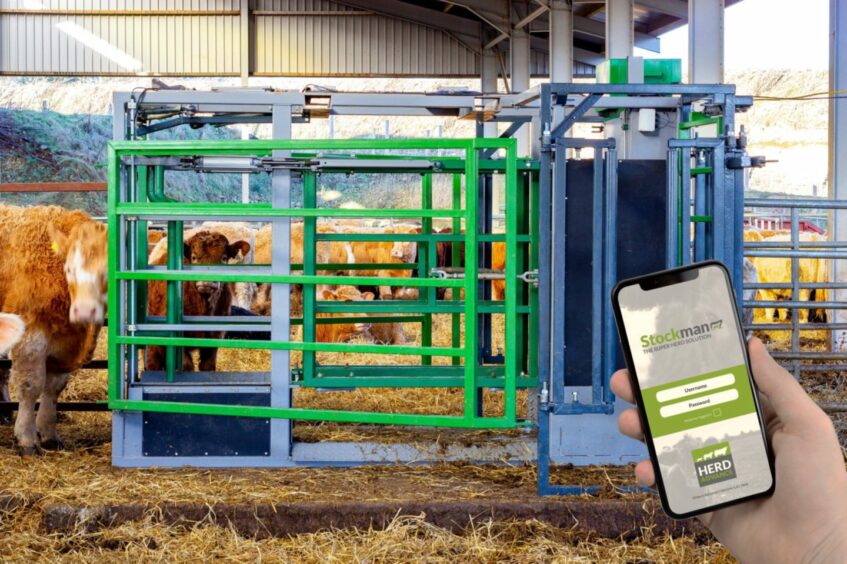Scotland’s food and drink sector is a vital component of the country’s economy, worth around £15 billion.
Not only does it employ tens of thousands of people across the country, but it also plays an important role in promoting Scotland’s world-renowned image as a land of quality produce and culinary excellence.
The sector faces both opportunities and challenges, all influenced by new trading arrangements with the European Union, pandemic-related shifts and the ongoing costs crisis for households and businesses.
Drivers for growth
Scotland has a rich history of producing and exporting high-quality food and drink products, such as whisky, salmon and beef.
The sector has experienced significant growth over the past few years, driven by a desire for local and sustainable produce, as well as increased investment in innovation and marketing.
Gin and beer recipe for success
One success story in particular has been the growth of gin production. In 2019 Scottish gin exports rose by 29%, with exports now worth more than £1.3bn. This growth has been fuelled by an increase in the number of small artisanal distilleries, which have focused on creating new and exciting flavour profiles.
Another success story has been the development of craft beer and a brewery culture.
Scotland’s brewery count has more than doubled over the past five years and craft beer is now a staple of many Scottish pubs. Breweries are experiencing significant growth in both domestic and international markets.
Recent export statistics from HM Revenue and Customs indicate Scottish food and drink products reached a record export value of £8bn in 2022 – rising by £1.9bn, compared to 2021, an increase of 30.6%, taking the value beyond pre-Covid levels.
These figures showcase the appetite and demand for Scottish products globally.
Scotch whisky exports grew by 37.2%, compared to the previous year, representing £1.7bn growth. That increased value comes largely from Asia – Singapore, India and Taiwan in particular – but the US remains the biggest national market for our national drink.
Very few countries have the variety of produce Scotland offers, and we must continue to capitalise on that strength of one of our biggest sectors to help promote Scotland domestically and internationally.
There are successes but the industry faces many challenges, including Brexit uncertainty, labour shortages, and supply chain issues. Since the Brexit referendum in 2016, the sector has grappled with the impact of changes to trading regulations, tariffs and customs duties.
‘Badly designed domestic policies’
Labour shortages and supply chain disruptions were exacerbated by the Covid-19 pandemic, with many businesses having trouble finding enough staff to maintain production levels.
The industry has also been impacted by badly designed domestic policies in the form of the Deposit Return Scheme, and the proposed ban on alcohol advertising and marketing.
Businesses are relieved that, finally, both policies have been delayed but they have added considerable costs and uncertainty at the worst possible time.
In addition to these short-term issues, the sector also faces long-term challenges.
The need to embrace sustainable practices and reduce the environmental impact of the industry is particularly pressing in the context of Scotland’s climate change targets, which set ambitious goals for reducing greenhouse gas emissions and improving biodiversity.
Food and drink firms are taking this seriously.
Exciting innovations
One area of innovation that shows promise is the development of precision agriculture techniques which use data and technology to optimise production and reduce waste.
This may lead to more efficient land use, improved pest management and reduced chemical inputs – all of which could help to reduce environmental impact.
When it comes to sustainability, innovation is part of the industry’s DNA. This includes environment-friendly packaging designed to minimise negative environmental impacts by reducing waste, energy consumption and emissions. Such packaging is made from eco-friendly materials that can be recycled, reused or decomposed, ensuring less pollution and landfill accumulation.
We have also seen an increase in food waste upcycling, which is the process of repurposing or reusing “waste” food by extracting valuable nutrients, creating new products from them or using them as ingredients in other products.
There are economic headwinds facing every part of Scotland’s economy.
Through investment in innovation and collaboration, food and drink businesses are continuing to grow and maintain their international reputation. This in the context of numerous policy roadblocks from governments north and south of the border.
For an industry which is already world-leading and the envy of so many, governments and regulation must be enablers for growth and not barriers.
Liz Cameron is chief executive of the Scottish Chambers of Commerce.














